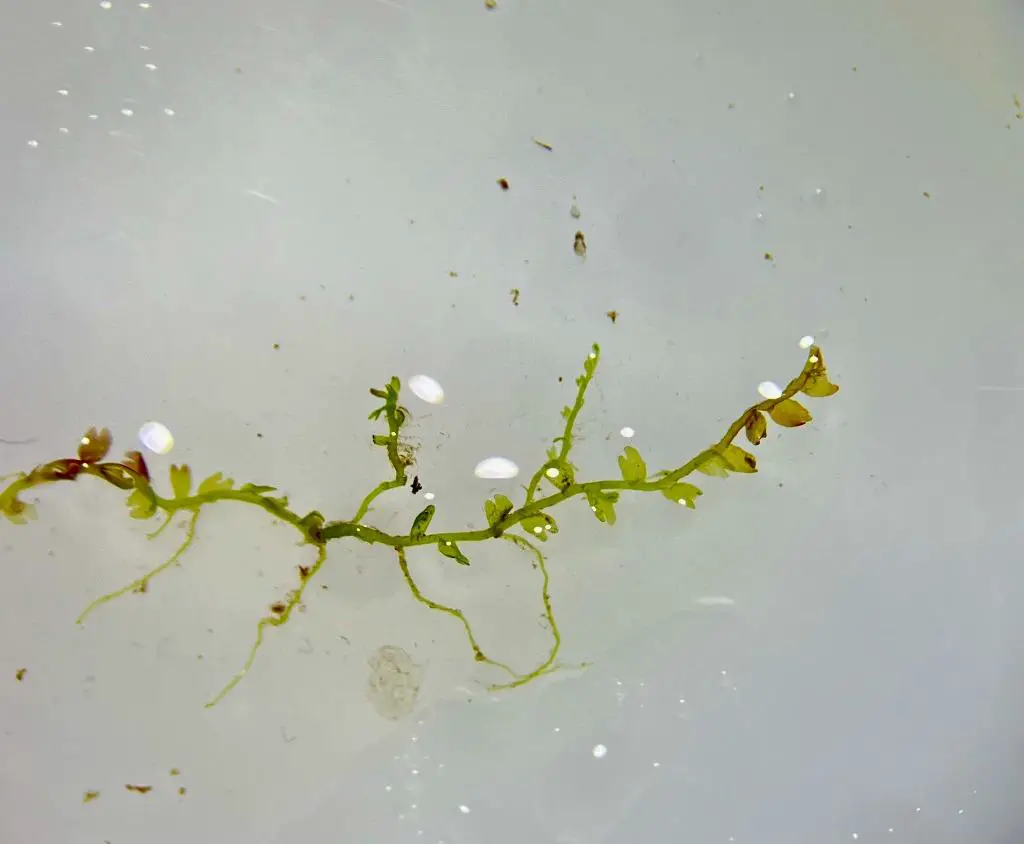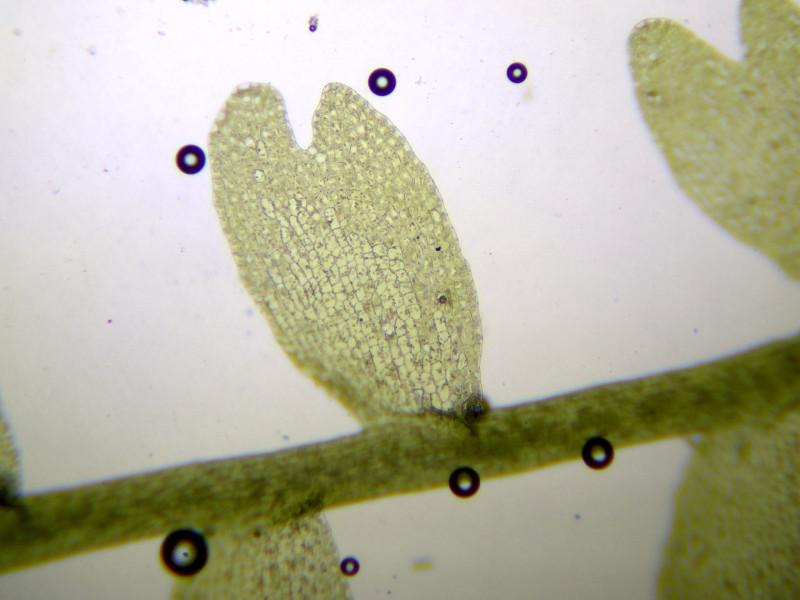
77279128.jpg from: https://waarneming.nl/observation/287826349/
Exploring the Fascinating World of Cladopodiella fluitans Moss
Introduction

cladopodiella_fluitans.jpeg from: https://www.korseby.net/outer/flora/bryophyta/cephaloziaceae/
Today we’re diving into the captivating realm of Cladopodiella fluitans (Nees) H.Buch, a unique moss species from the Cephaloziaceae family. Also known simply as Cladopodiella, this tiny but mighty plant plays important ecological roles. Let’s explore what makes Cladopodiella fluitans so special!
Background on Cladopodiella Moss
Cladopodiella fluitans is a species of leafy liverwort moss belonging to the Marchantiophyta division and Jungermanniopsida class. It was first described by German botanist Christian Gottfried Daniel Nees von Esenbeck in 1838. The species name “fluitans” means floating, referring to its aquatic habitat.
Morphology and Identification
Cladopodiella fluitans forms small, delicate plants around 1-3 cm long. Its leaves are deeply divided into 2-4 lobes and lack underleaves. The leaf cells have trigones (thickenings at cell wall junctions). Rhizoids are sparse or absent.
Distinguishing features for identification include:
- Deeply lobed leaves
- Lack of underleaves
- Trigones in leaf cells

obsfoto_a2e64d68-e514-4f3e-b386-46c573bae35c.jpg from: https://www.naturbasen.dk/art/16156/toerve-vaevmos
- Aquatic or semi-aquatic habitat
Global Distribution and Habitat

856316.jpg from: https://www.bio-forum.pl/messages/3280/856306.html
Cladopodiella fluitans has a

76325983.jpg from: https://waarneming.nl/observation/286388129/
circumboreal distribution, found in northern regions of North America, Europe, and Asia. It grows in nutrient-poor, acidic wetlands like bogs, fens, and shores of streams or ponds. The moss often forms floating mats or occurs submerged.

79366481.jpg from: https://waarneming.nl/observation/290869220/
Ecological Roles and Adaptations
As an aquatic moss, Cladopodiella fluitans provides important habitat for invertebrates and helps regulate water chemistry and quality in wetland ecosystems. Its adaptations include:
- Lobed leaves to maximize surface area

riccia-fluitans-1024×683.jpeg from: https://www.fishlaboratory.com/fish/riccia-fluitans/
- Lack of rhizoids since it absorbs nutrients from the water

3c50bbb0-9441-44d9-87d4-aede00017160_medium.jpg from: https://arter.dk/observation/record-details/d32bf146-f4be-4f5b-98b1-aede000171ea
- Ability to grow while submerged or floating
Conclusion

30934067441_2f9ce50f8d_b.jpg from: https://www.flickr.com/photos/23980231@N07/30934067441/
Cladopodiella fluitans may be small, but this fascinating moss plays a big role in the wetland habitats where it grows. Its unique adaptations allow it to thrive in challenging conditions. Next time you’re exploring a northern bog, keep an eye out for this marvelous moss! What other amazing bryophyte species have you encountered in your adventures?

Cladopodiella_fluitans.gif from: https://cisfbr.org.uk/Bryo/Cornish_Bryophytes_Cladopodiella_fluitans.html